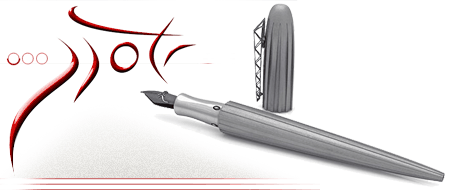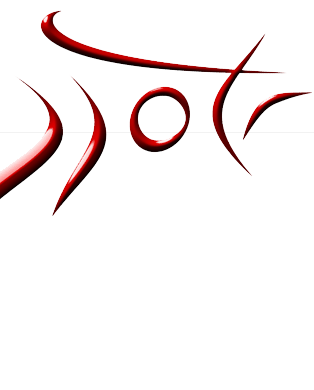Spica Virginis, titanium 3D printed fountain pen and nib
DORDRRECHT, The Netherlands – The Dutch designer and technologist Rein van der Mast is about to disrupt how fountain pens are made. Instead of relying on proven technology like turning, a couple of years ago he started 3D printing titanium fountain pens and now he also 3D prints its fully functional nib. This enables him to create complex design features and even mechanical assemblies in a single 3D print.
Early in 2013 the first 3D printed fountain pen was revealed by Pjotr, the artist name of Rein van der Mast. After more than three years, required to overcome various technological challenges, there is now the Spica Virginis, resembling a spike of wheat and named after the brightest star in the constellation Virgo, where the virgin holds a bundle of spikes.
Aerospace and automotive
Shortly after Van der Mast had introduced the first 3D printed fountain pen ever made he became the Manager Design & Engineering of a Dutch start-up called Additive Industries. Today this company has sold several of its impressive machines. Its clients are well known firms in aerospace and automotive. There he was able to extend his skills in additive manufacturing, another term for 3D printing. Van der Mast: “In case of the Spica Virginis design has priority over technology. Back in 2013 it was the other way around.” To demonstrate the potential of 3D printing in customization he started with one of a kind designs. Van der Mast: “Having only one piece to carry the design effort results in a pricey object.” So today his goal is to create small series. Each piece however has its unique serial number included in the 3D print.
Printed nib
Van der Mast also 3D printed the pen’s nib. “It is amazing what one can create by 3D printing. The nib is printed in titanium with the slit included. The current model is rather straight forward. This way however I can create very complex ink channels and precisely affect the way the nib interacts with the paper as well as the pen's user. And of course, this way one can also create very complex shapes for esthetic reasons.” The results stimulated him to convert his effort into a patent application.
Creating an object virtually and digitally enables its designer to test it before it is made physically, saving time and costs. So Pjotr put his 3D printed titanium nib (patent pending) into Inspire 2017 of Altair and ran this simple test. In the animation above one can see areas with tension (orange) and compression (green). Slight modifications in the nib’s design will have different results, enabling the designer to modify the nib's ‘flex’ in detail.
Also the pen case is extraordinary. Its structure is very complex and called a ‘lattice’. Structures like this are only feasible by 3D printing. Common benefits are in better stiffness-to-weight ratio. "And it is only getting better as more machines enter the marked for fabricating smaller objects more precisely."





